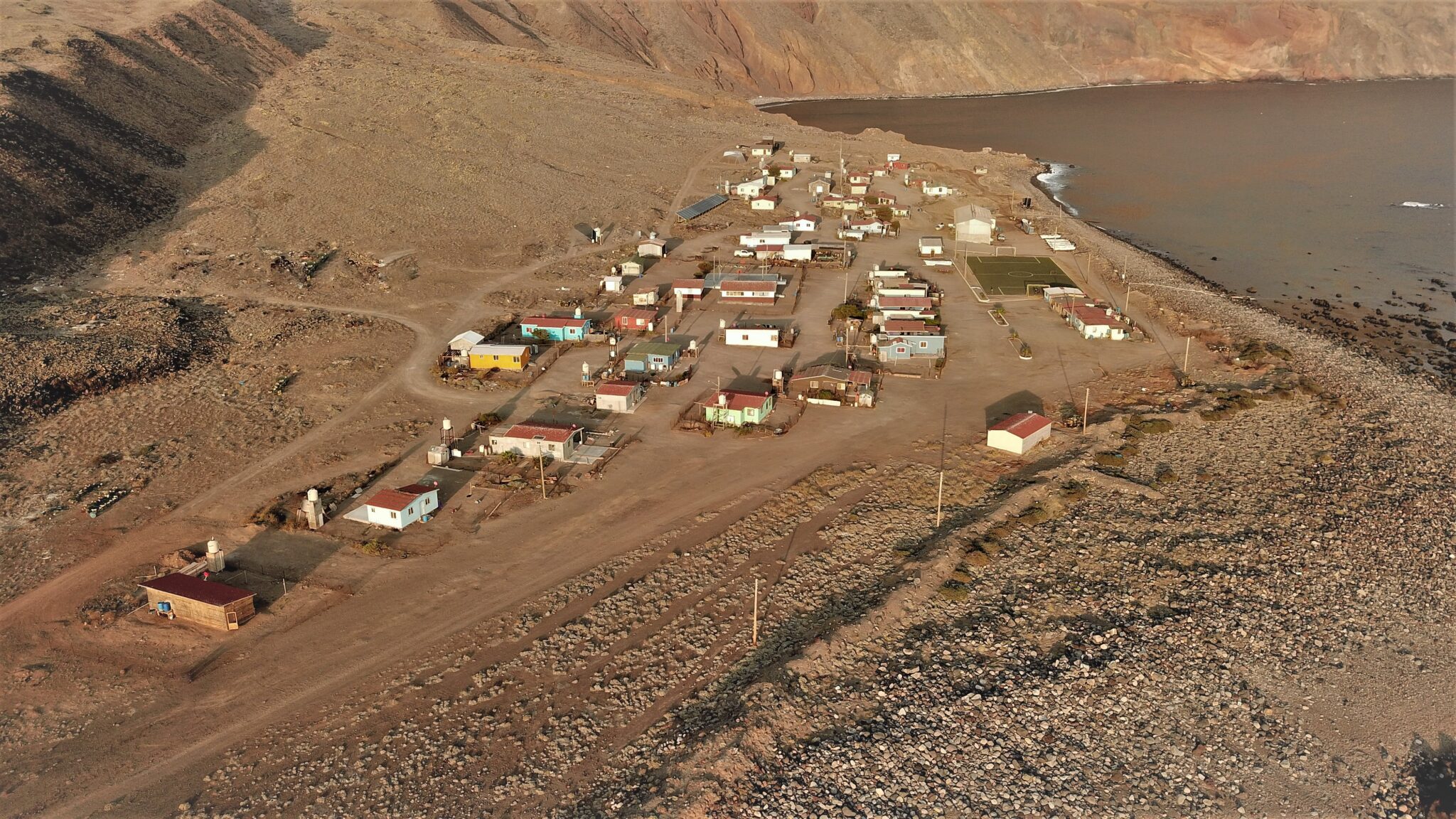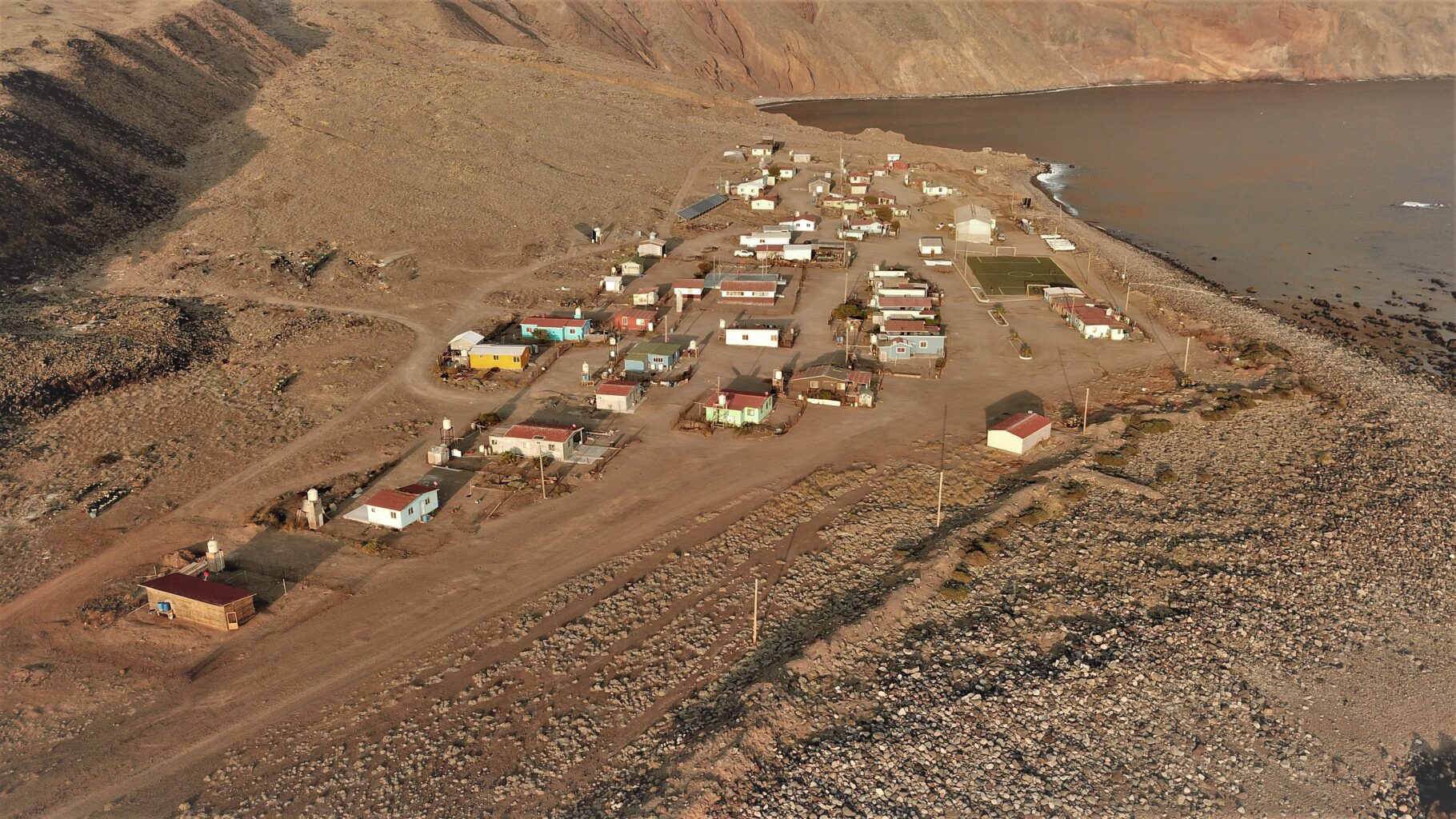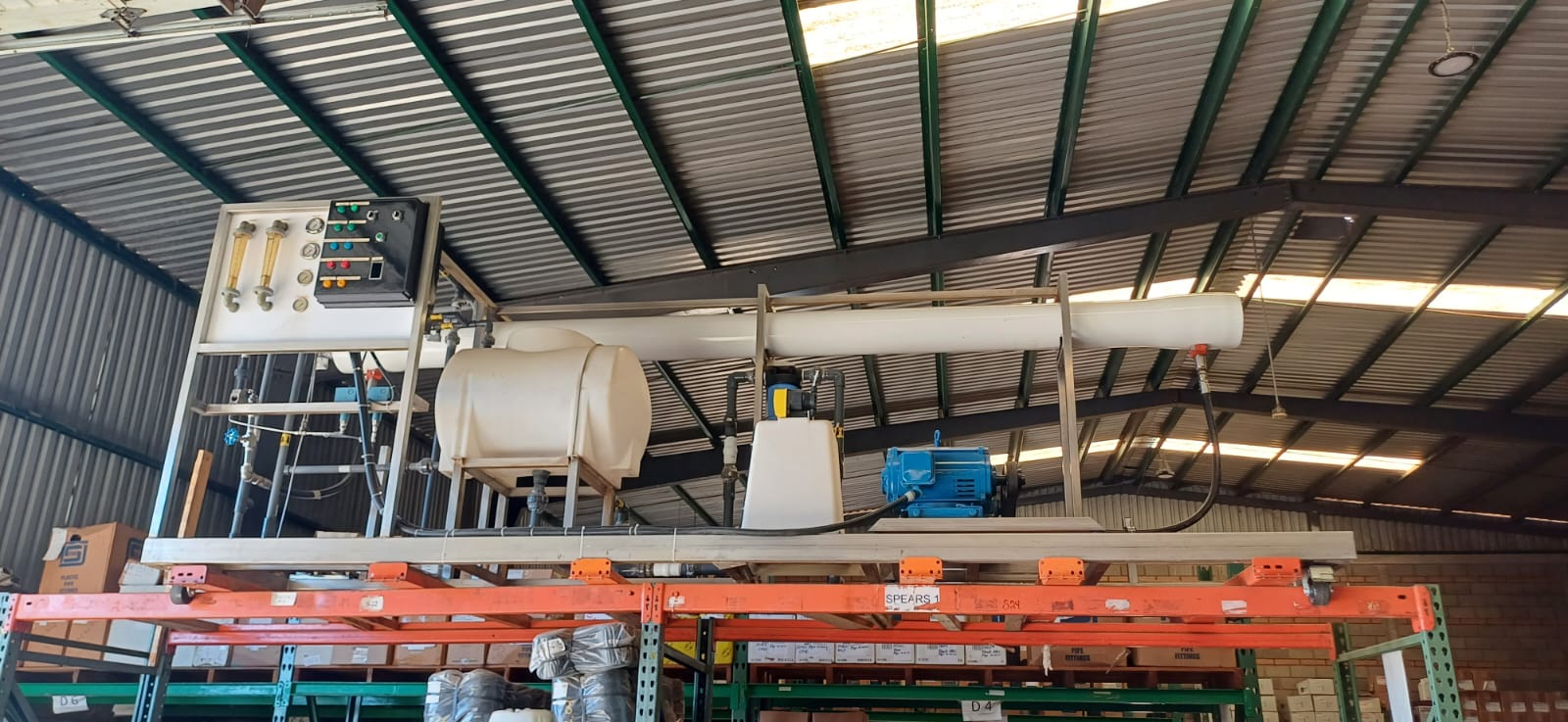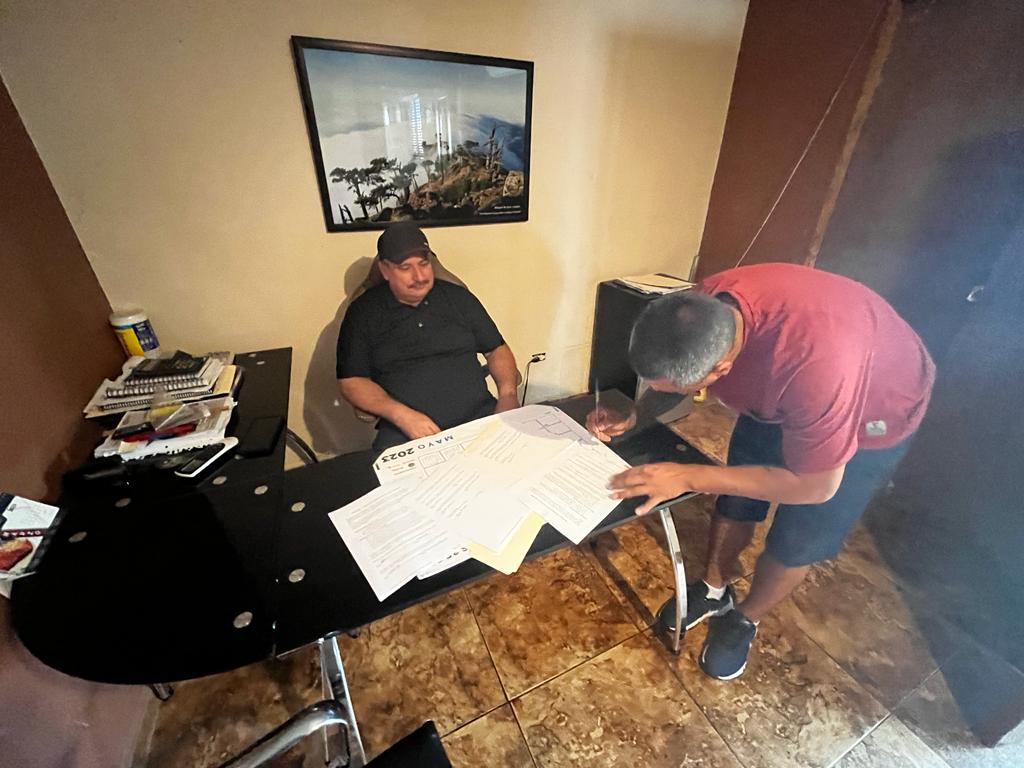Guadalupe Island is the kind of place Seacology is designed to protect: an isolated island with unique plants and animals that are threatened by human activity. The ocean around the island is full of white sharks, the largest known predatory fish in the world, and their prey, seals and sea lions.
When people came in the 19th century, they brought domestic animals that wreaked havoc on the island’s plants and animals. Ground-nesting birds were easy targets for new predators, and goats ravaged the vegetation. In 2000 and 2002, Seacology funded fences to keep feral goats from destroying endemic plant species. The government finally removed the last goats in 2007. In just a few years, many endemic shrubs, perennials, and annuals came back, and biologists found two new native species.
Seacology’s next project on the island was to fund a desalination plant in 2010, in exchange for a 1,235-acre no-take marine reserve. The fishermen, who know that the no-take zone is good for fishing, reached out to Seacology about extending the marine protection. They have designated a new no-take zone around the entire island. This one protects a five-meter-wide area of shoreline around almost the entire island.
The community will use a Seacology grant for a new desalination plant. The one built in 2010 needs expensive and hard-to-get parts, and its breakdowns put public health, especially children’s health, at risk. Fresh water is critically scarce on the island. Without the desal plant, families must make an eight-hour round trip on dangerous roads to get clean water.






